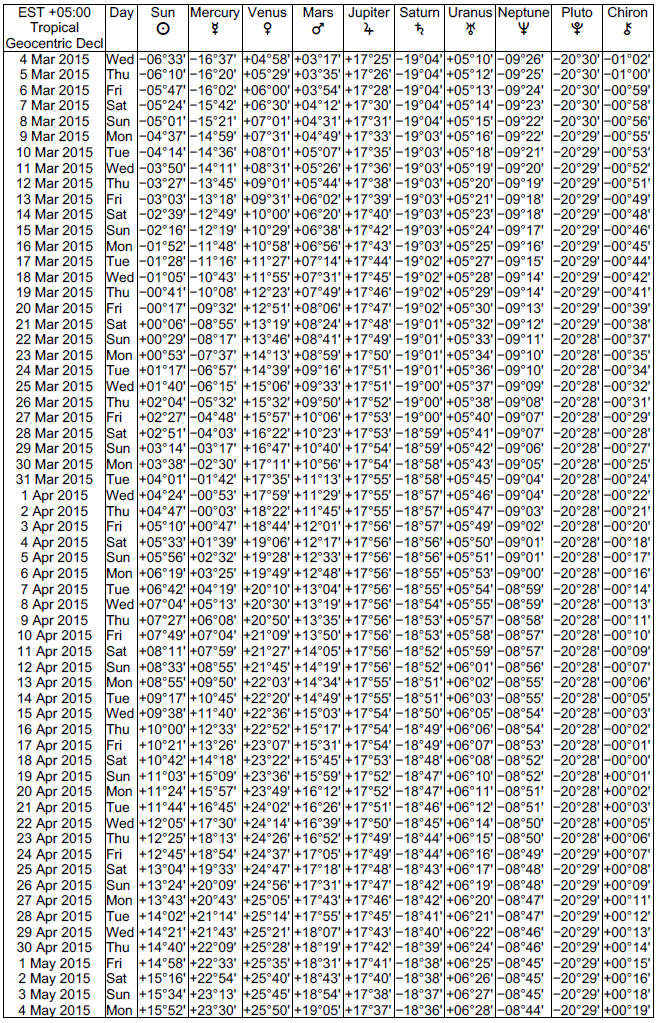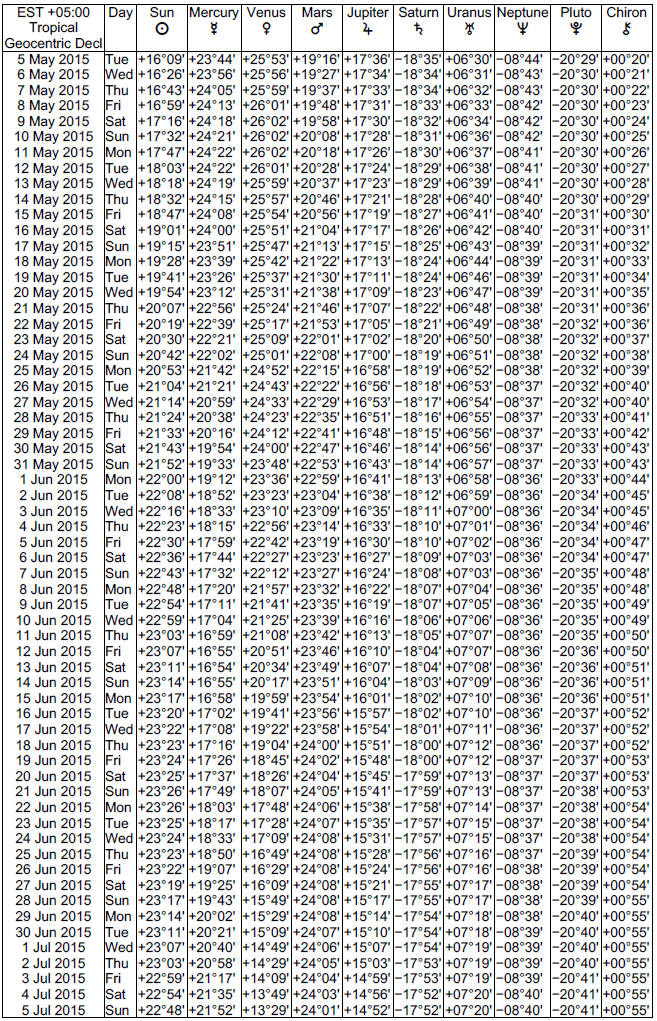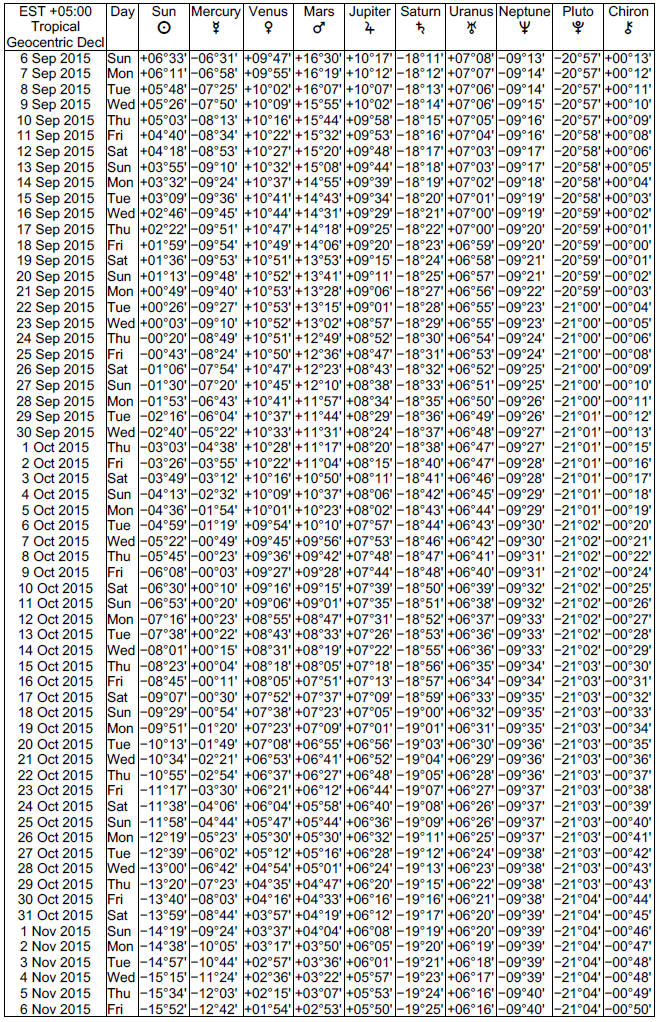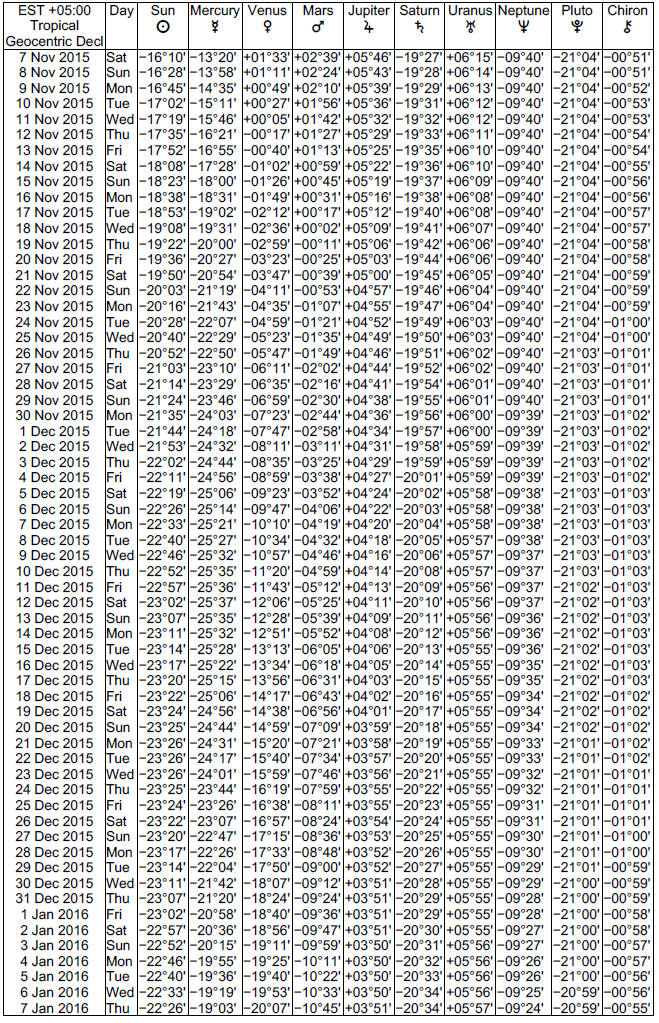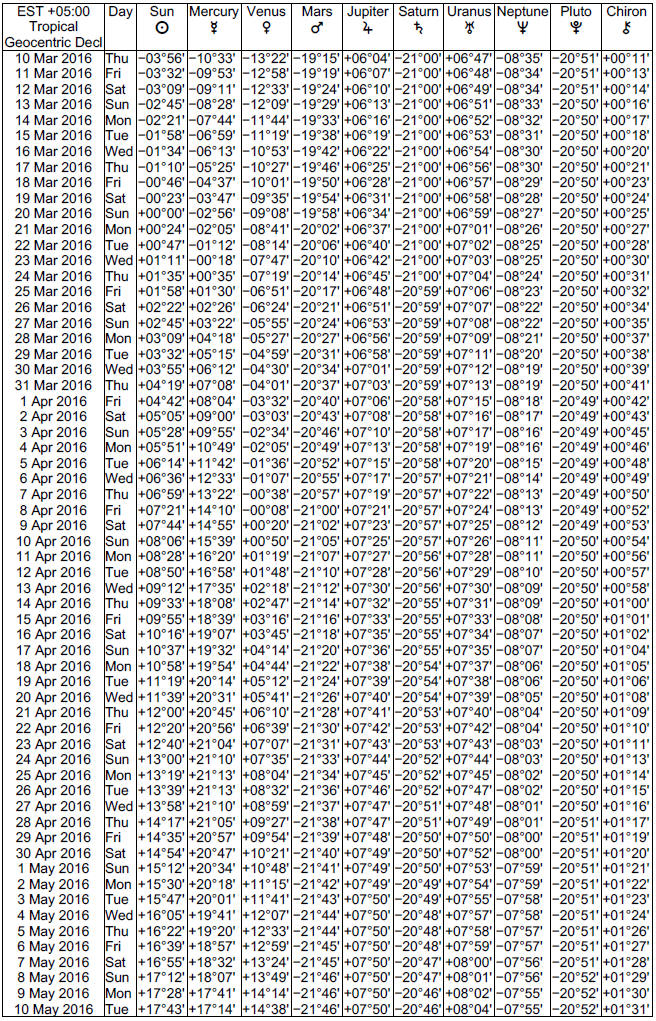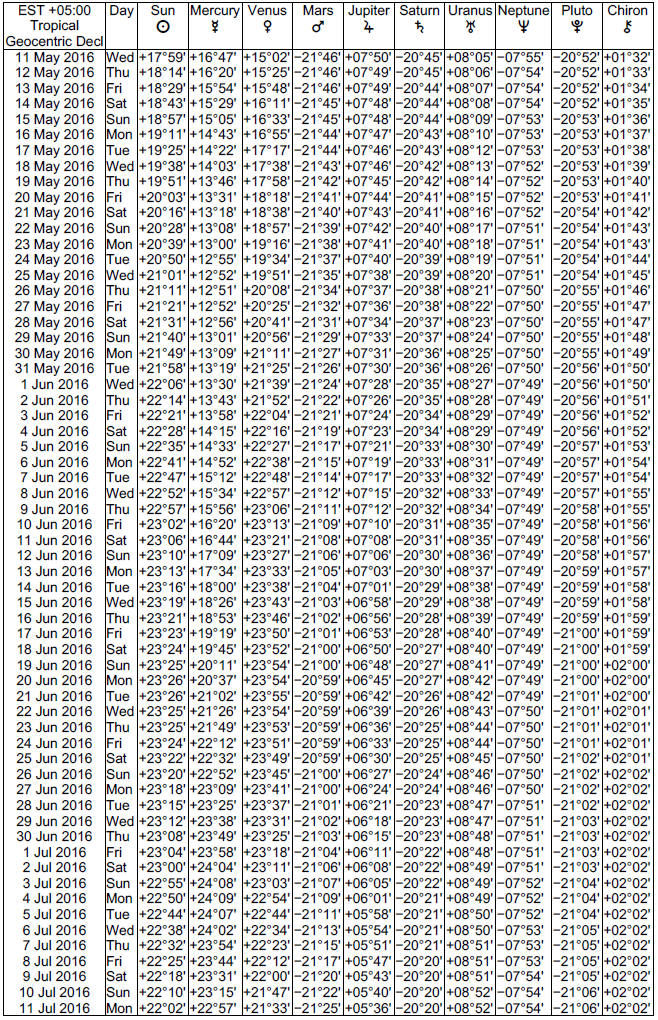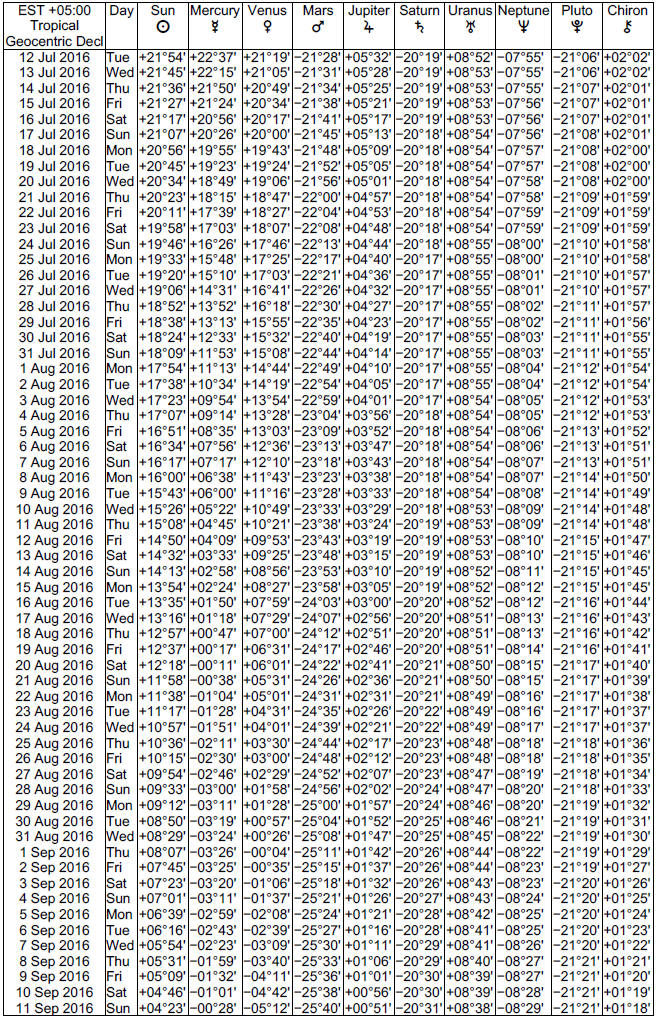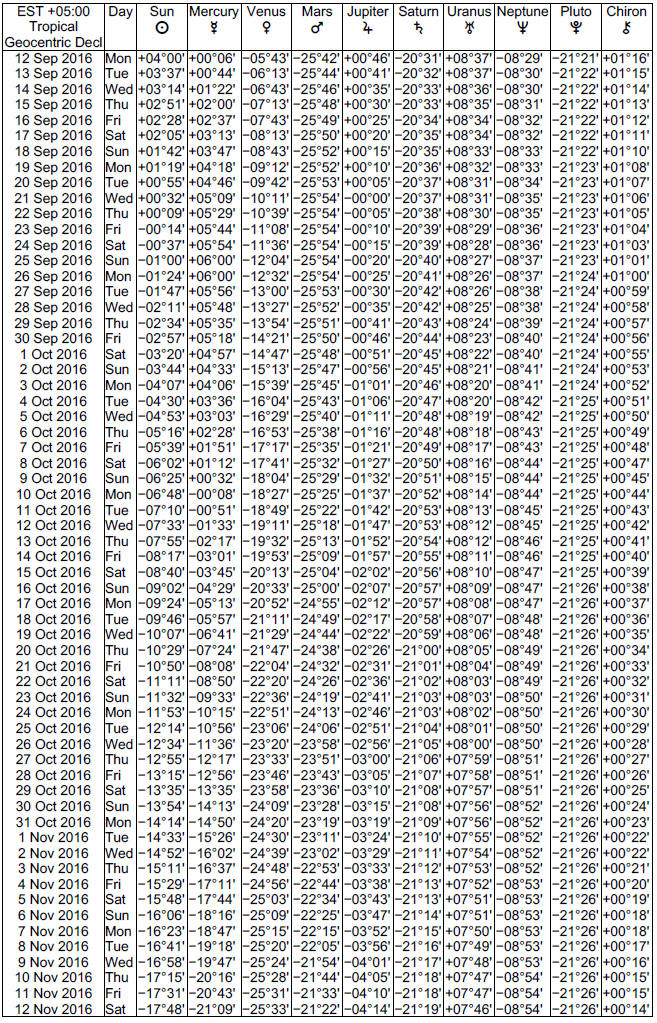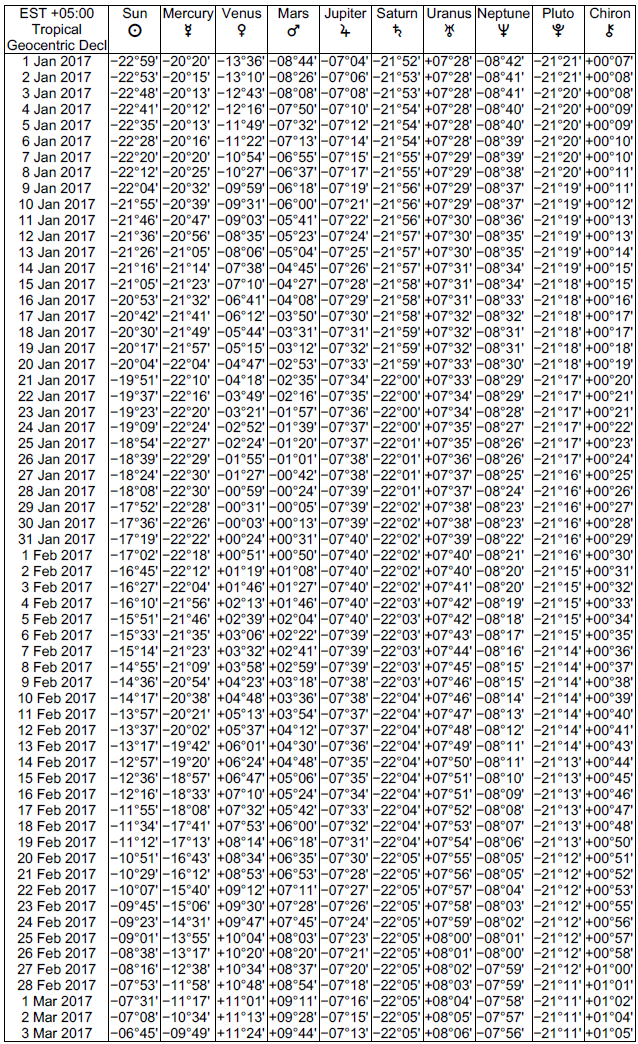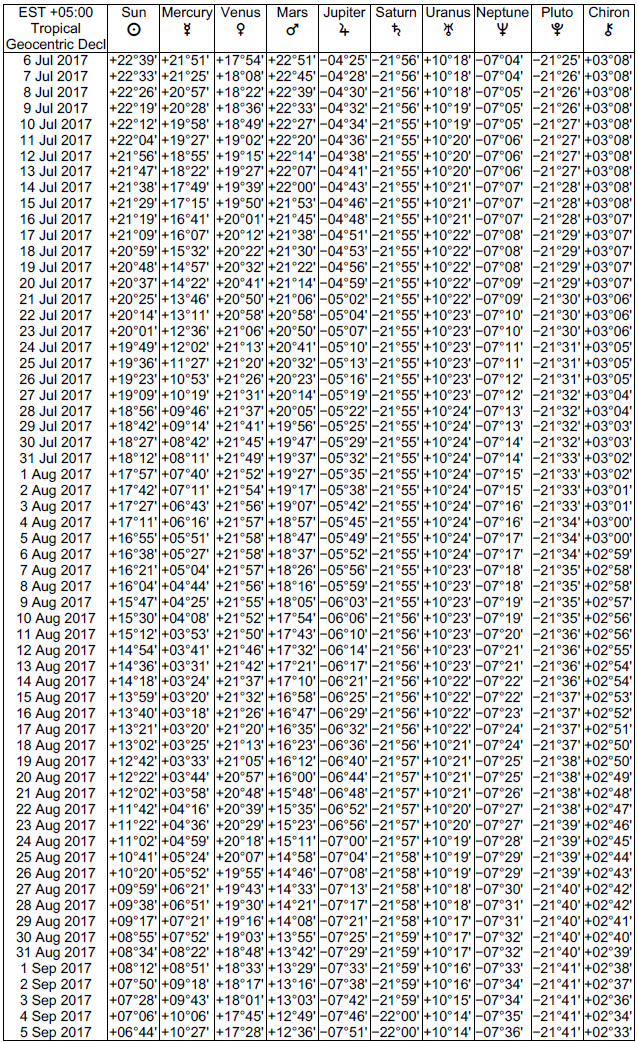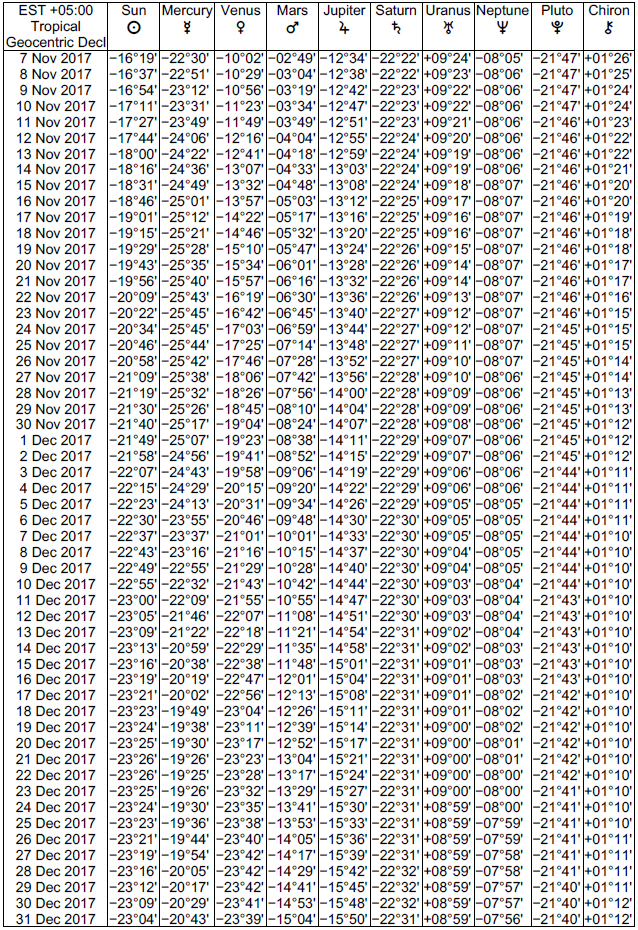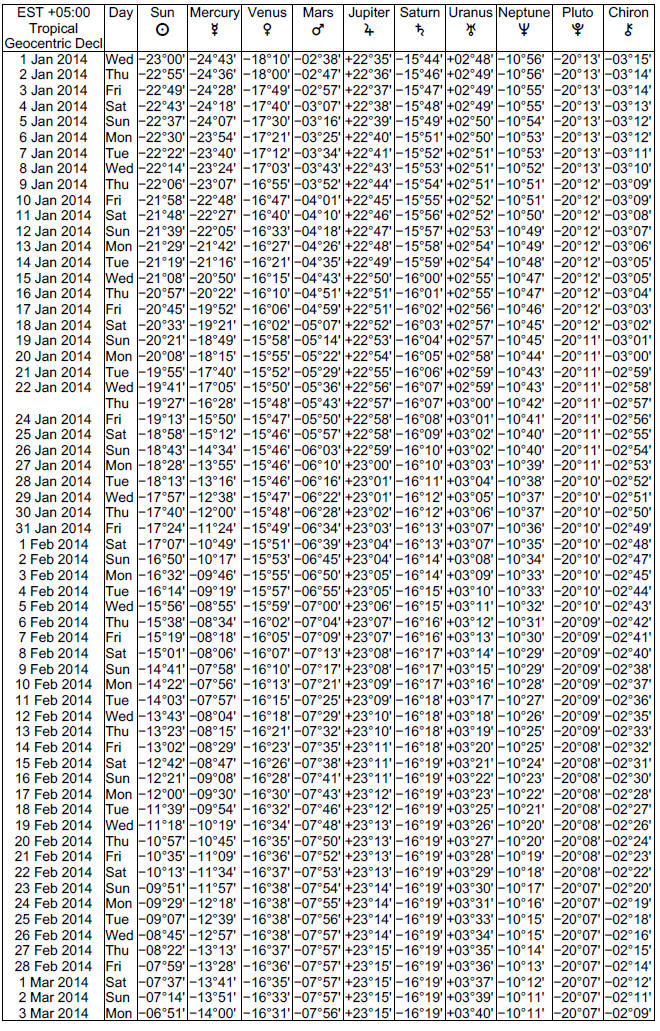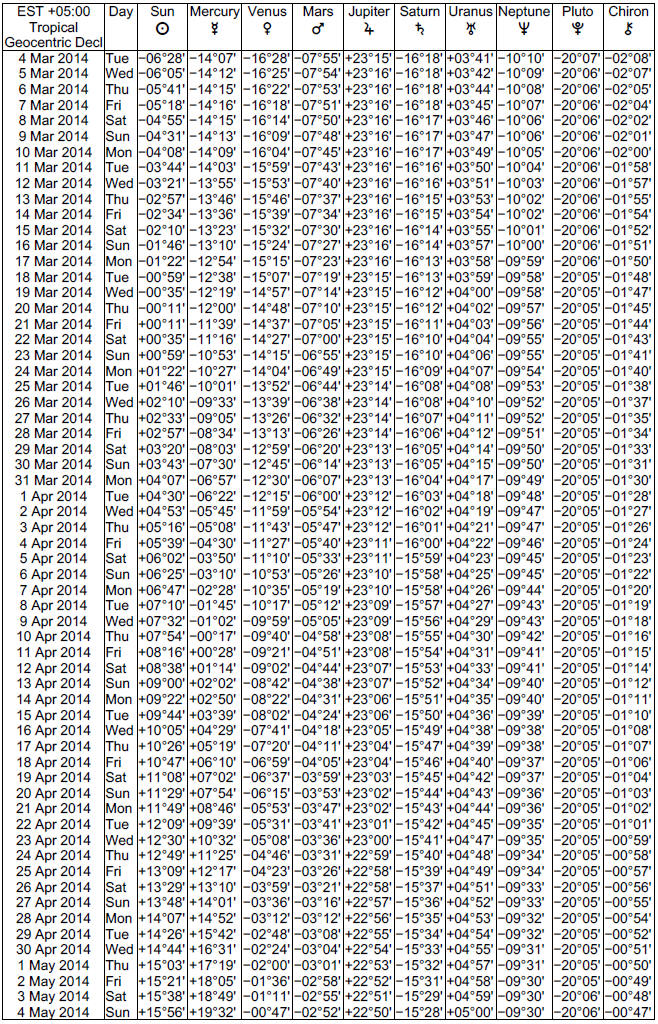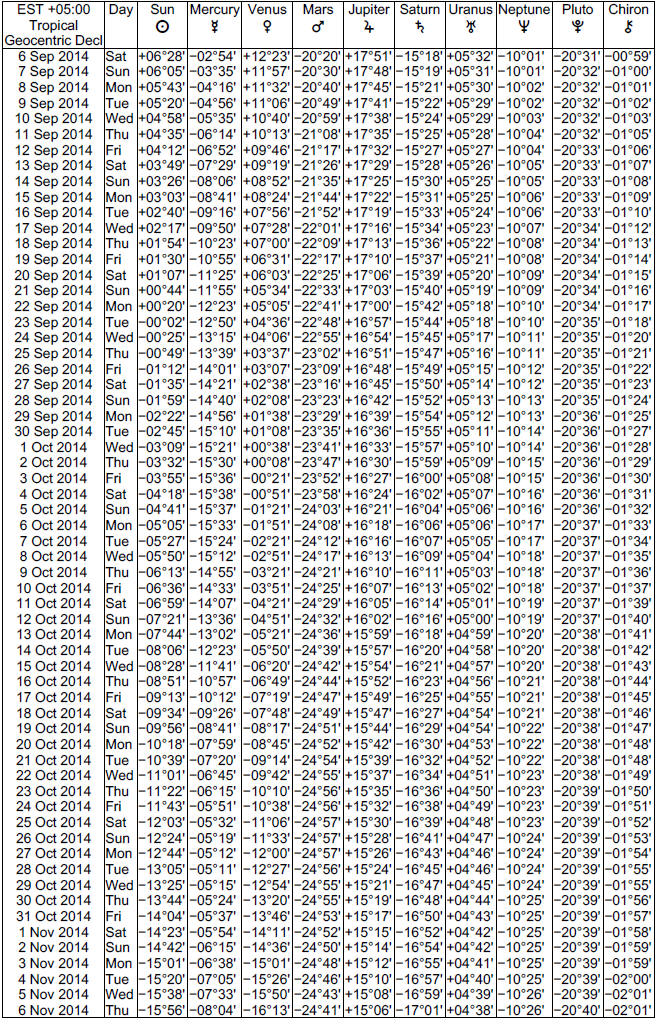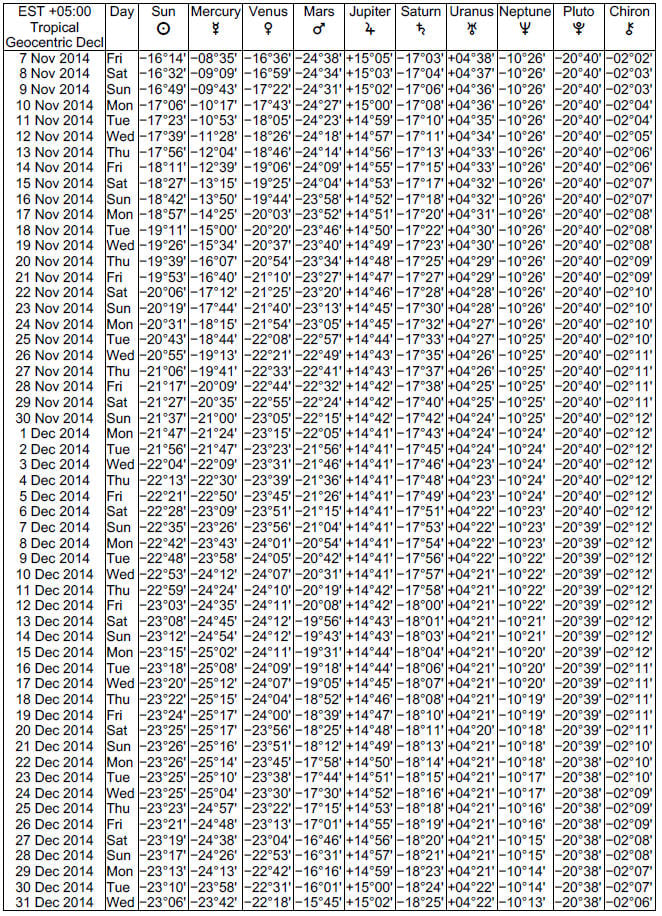Trading using fibonacci RET (retracement, expansion and time projection)
On the topic this time, we learn to use Fibonacci intactly, why must with Fibonacci .. ??? here I invite readers to learn, because if we hone on fibonacci then we will be able to know where the direction of the market, if you do not want to learn then I do not do forex trading business, because forex trading business we have to learn to learn, because of learning we can get profit
Fibonacci Retracement
In finance, Fibonacci retracement is a method of technical analysis for determining support and resistance levels. They are named after their use of the Fibonacci sequence. Fibonacci retracement is based on the idea that markets will retrace a predictable portion of a move, after which they will continue to move in the original direction.
 |
| Fibonacci retracement |
The appearance of retracement can be ascribed to ordinary price volatility as described by Burton Malkiel, a Princeton economist in his book A Random Walk Down Wall Street, who found no reliable predictions in technical analysis methods taken as a whole. Malkiel argues that asset prices typically exhibit signs of random walk and that one cannot consistently outperform market averages. Fibonacci retracement is created by taking two extreme points on a chart and dividing the vertical distance by the key Fibonacci ratios. 0.0% is considered to be the start of the retracement, while 100.0% is a complete reversal to the original part of the move. Once these levels are identified, horizontal lines are drawn and used to identify possible support and resistance levels (see trend line). The significance of such levels, however, could not be confirmed by examining the data. Arthur Merrill in Filtered Waves determined there is no reliably standard retracement: not 50%, 33%, 38.2%, 61.8%, nor any other.
Common Uses
Fibonacci retracement is a popular tool that technical traders use to help identify strategic places for transactions, stop losses or target prices to help traders get in at a good price. The retracement concept is used in many indicators such as Tirone levels, Gartley patterns, Elliott Wave theory and more. After a significant movement in price (be it up or down) the new support and resistance levels are often at these lines.
 |
| fibonacci retracement on maping market weekly |
Unlike moving averages, Fibonacci retracement levels are static prices. They do not change. This allows quick and simple identification and allows traders and investors to react when price levels are tested. Because these levels are inflection points, traders expect some type of price action, either a break or a rejection. The 0.618 Fibonacci retracement that is often used by stock analysts approximates to the "golden ratio"
source wikipedia
Fibonacci Expansion
Fibonacci Expansions plot possible levels of support and resistance.
They are created by tracking primary trending moves and their retracements.
Traders can use Fibonacci Expansions to set multiple profit targets for their trades.
A concept I always teach is the importance of using support and resistance levels to decide when to get out of positions. Just like getting a good entry is important for a successful trade, you must also ensure you are exiting your trades at levels that maximize your gains. This article aims to assist traders in finding profit maximizing exit levels using Fibonacci Expansions.
What are Fibonacci Expansions?
Fibonacci Expansions are price levels created by tracking a price’s primary move and its retracement. The resulting price levels are then drawn on the chart in an area that would normally be difficult to gauge support and resistance using ordinary charting tools. This makes Fibonacci Expansion especially useful for picking profit targets when trading trends.
When faced with an upward trending currency pair, there are going to be times when price temporarily moves counter to the trend. We call these moves pullbacks or retracements. Once this counter move is exhausted, price resumes back in the direction of the primary trend and often times will break to new highs. It is at that moment, that Fibonacci can be used.
While the familiar Fibonacci Retracements are used to determine how far the price might originally retrace, Fibonacci Expansions can help us determine where price might head after the retracement is exhausted. On the EUR/USD daily chart below, I have highlighted a primary move followed by a retracement move.
Fibonacci Time Projection
Introduction
Fibonacci Time Zones are vertical lines based on the Fibonacci Sequence. These lines extend along the X axis (date axis) as a mechanism to forecast reversals based on elapsed time. A major low or high is often chosen as the starting point. Distances start relatively small and grow as the Fibonacci Sequence extends. Chartists can extend the Fibonacci Time Zones into the future to anticipate potential reversal points.
Definition
Fibonacci time projection days are days on which a price event is supposed to occur. Time projection analysis is not lagging but is of forecasting value. Trades can be entered or exited at the price change rather then after the fact. The concept is dynamic. The distance between two turning points is seldom the same, and time projection days vary, depending on larger or smaller swing sizes of the market price pattern. This base for drawing this shape is 2 critical points: two highs, two lows or a low and a high. Fibonacci levels are projected into the future based on those points and at this time it is impossible to say whether those levels mark peaks or valleys. If price is declining or rising approaching a given Time Projection level, it is likely this level will mark an end or a pause of a particular trend. It is always recommended to combine Time Projection with other Fibonacci tools for more dependable signals.
Fibonacci time projection is one of the four most popular Fibonacci studies for technical analysis, involving the use of Fibonacci time zones. Fibonacci time zones are generated by dividing a chart into a number of time areas, based on the Fibonacci sequence. As an example, if the base increment is taken to be an interval of one day, Fibonacci time zones would occur around 1.618 days after that day, then 2.618 days after that, then 4.236 and so on. Each interval is multiplied by the golden ratio, 1.618, in order to generate the next interval. These Fibonacci time zones are used to predict large price events, whether reversals of a current price trend or sharp changes in price along with the trend.
Fibonacci time projection is accurate to a point, but in a few cases large price events occur significantly before or after the time predicted by the Fibonacci time projection. Although this only describes about 30% of cases, Fibonacci time projection should only be used in conjunction with other technical analysis tools, and as a guideline for trading rather than a sure-fire method of divining the future.
The Sequence and Ratios
This article is not designed to delve too deep into the mathematical properties behind the Fibonacci sequence and Golden Ratio. There are plenty of other sources for this detail. A few basics, however, will provide the necessary background for the most popular numbers. Leonardo Pisano Bogollo (1170-1250), an Italian mathematician from Pisa, is credited with introducing the Fibonacci sequence to the West. It is as follows:
0, 1, 1, 2, 3, 5, 8, 13, 21, 34, 55, 89, 144, 233, 377, 610……
The sequence extends to infinity and contains many unique mathematical properties.
After 0 and 1, each number is the sum of the two prior numbers (1+2=3, 2+3=5, 5+8=13 8+13=21 etc…).
A number divided by the previous number approximates 1.618 (21/13=1.6153, 34/21=1.6190, 55/34=1.6176, 89/55=1.6181). The approximation nears 1.6180 as the numbers increase.
A number divided by the next highest number approximates .6180 (13/21=.6190, 21/34=.6176, 34/55=.6181, 55/89=.6179 etc….). The approximation nears .6180 as the numbers increase. This is the basis for the 61.8% retracement.
1.618 refers to the Golden Ratio or Golden Mean, also called Phi. The inverse of 1.618 is .618. These ratios can be found throughout nature, architecture, art and biology. In his book, Elliott Wave Principle, Robert Prechter quotes William Hoffer from the December 1975 issue of Smithsonian Magazine:
….the proportion of .618034 to 1 is the mathematical basis for the shape of playing cards and the Parthenon, sunflowers and snail shells, Greek vases and the spiral galaxies of outer space. The Greeks based much of their art and architecture upon this proportion. They called it the golden mean.
Interpretation
The slow start in the Fibonacci sequence creates relatively tight clustering at the beginning of the Fibonacci Time Zones. Sometimes, it is necessary to ignore the first 5 or so time zones. After the first five zones, these zones expand quite quickly as the sequence unfolds. According to the theory, potential reversal points can be found by looking ahead 21, 34, 55, 89 and 144 days, all of which are Fibonacci numbers. 21 days marks the 8th Fibonacci Time Zone. Some subsequent zones are listed below. Remember, you can find future times zones by adding the previous two time zones (89 + 144 = 233).
8th zone = 21 days or periods
9th zone = 34 days or periods
10th zone = 55 days or periods
11th zone = 89 days or periods
12th zone = 144 days or periods
13th zone = 233 days or periods
Conclusions
Fibonacci Time Zones are called “zones” for a reason. They are not hard reversal points, but rather potential reversal points to watch as prices approach this zone. Fibonacci Time Zones provide a cross between cycle analysis and Fibonacci analysis. Both have a wide following and turning points can be forecast weeks and months in advance. However, these forecast points serve as an alert for a potential trend reversal. As these reversal points approach, chartists should turn to other aspects of technical analysis to actually confirm the reversal. This could be a bullish or bearish pattern, bullish or bearish candlesticks, bullish or bearish indicators or clues from the price chart itself.
BREAKING DOWN 'Fibonacci Time Zones'
Fibonacci numbers are a sequence of numbers where each successive number is the sum of the two previous numbers. For reasons unknown, these numbers play an important role in determining relative areas where the prices of financial assets experience large price moves or change direction. The four popular Fibonacci studies are arcs, fans, retracements and time zones.
on the topic this time, we learn to use Fibonacci intactly, why must with Fibonacci .. ??? here I invite readers to learn, because if we hone on fibonacci then we will be able to know where the direction of the market, if you do not want to learn then I do not do forex trading business, because forex trading business we have to learn to learn, because of learning we can get profit



















